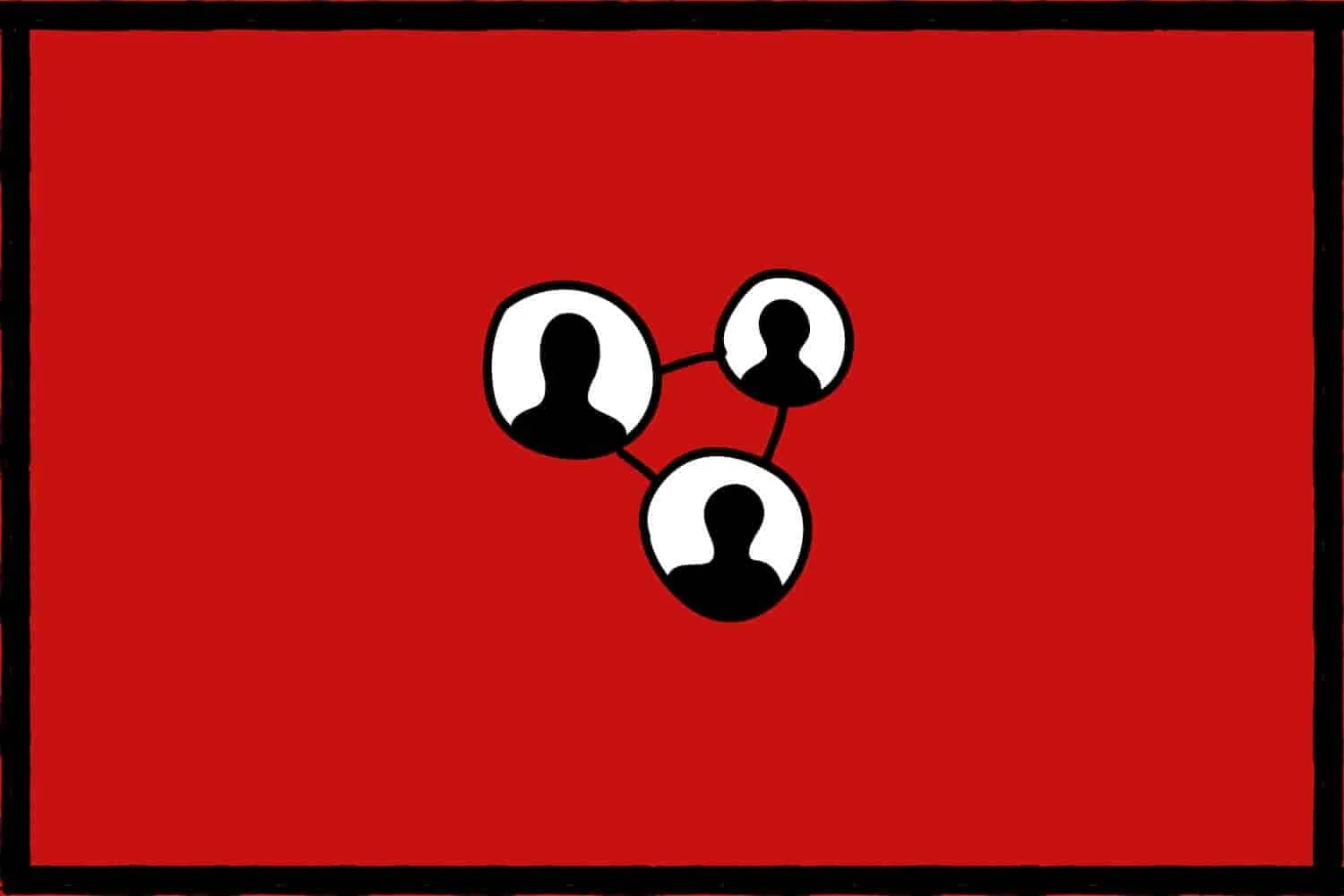Push Yourself With A Challenge Network
“The hard parts are not the learning, it is the unlearning... It’s the beginner’s mind that every great artist, or every great business person has, which is: you have to be willing to start from scratch.”
If you want to get rich, you need to get uncomfortable. And you need to stay uncomfortable for years.
Here's Naval Ravikant on what it takes to land a giant payday:
The way you want to get wealthy is you want to be poor, and working, and working, and working… Most creative professions… literally lose money for a decade over your life, while you take massive risk, and you bleed, and bleed, and bleed…And then suddenly in year eleven, or year fifteen, you might have one single big payday.
If this sounds difficult, it surely is. That's why you need to build a challenge network - a radically transparent support system - that you can use to keep you motivated and on the right track.
What's A Challenge Network?
A challenge network is a group of people in your life who provide you with radical transparency and feedback to help you improve.
Adam Grant coined the term. He's an organizational psychologist and seven-year top-rated professor from Wharton.
Grant talks about how he came up with the challenge network in conversation with Tim Ferriss on The Tim Ferriss Show.
It happened during a visit to the asset management firm, Bridgewater Associates. Grant was impressed with the firm’s commitment to radical transparency and movement towards what he called "a different kind of network." A network where people "not only are comfortable with criticism but they actually seem to enjoy getting it."
Grant was intrigued by how this community mirrored his relationship with criticism and feedback. He wondered if he could construct a similar network to challenge his processes. This became the seeds for his challenge network.
A Challenge Network is Radically Transparent.
Today, Grant sees a challenge network as being divided into two core elements.
The first is that you find a community that is not afraid to give you radically transparent feedback. This is stuff most people would be afraid to share. It's brutally honest feedback designed to push you.
It's not abusive, though. Here's Grant on the difference:
Having somebody who's pure challenge and never gives you any support, that just sounds abusive. [A proper member] pushes you because they believe in you. And they're not going to settle for half-baked ideas or for something that's not your very best work.
A Challenge Network Is Process-Focused.
The second component is that a strong challenge network focuses on process, not an outcome. The goal is consistent improvement, not necessarily "victory." It rejects the binaries of success and failure and, instead, works towards ever-improving iterations.
Examples of Challenge Networks
Grant's Students
After returning from Bridgewater, Grant geared up to teach his first class as a grad student. A few shaky weeks passed, and eventually, he reached a good pace with his class, so he requested feedback.
To Grant's surprise, the class filled out pages of helpful, constructive criticism. While some of it was difficult for Grant's ego to read, he went through them all carefully and realized they were the perfect fuel to improve. He then asked the class to give him even more.
Thus a new community was born:
It was very much a challenge network. Because [the students'] job was to tell me everything that was not working about the class and then brainstorm with me about what we could do to fix it.
Marc Andreessen's Challenge Network
Marc Andreessen, a prolific Silicon Valley investor and the co-founder of Netscape, uses a challenge network to stress-test investment ideas.
Andreessen uses a "Red Team" that takes the other side of an investment argument. This team comes in and tries to destroy your investment idea. They'll provide radical transparency and feedback. And if you're still yelling out all the reasons why it's a winner after they've ripped it to shreds, then they'll invest.
The "Red Team" is the challenge network.
Why You Need To A Challenge Network
Growth and change are uncomfortable. Most people will not lean into discomfort on their own - they need a push. That's what a challenge network does. It pushes you in the right direction when you don't want to push yourself.
It can also help you identify blind spots. These could be new avenues to growth you're not able to see or simple improvements from a different discipline that can help you in your own.
Direction Over Speed
The most crucial component of a challenge network is that it can force you to start over if you are moving in the wrong direction.
In an interview on The Tim Ferriss Show, Naval Ravikant talks about why most people don't have the capacity to start again to get rich:
Nobody wants to go back down the mountain to find the path going at the top. Everybody wants to stay on the path they're on, maybe make a few tweaks and get to the top. . .
So I think these are the hard parts. The hard parts are not the learning, it is the unlearning. It's not the climbing up the mountain. It's the going back down to the bottom of the mountain and starting over. It's the beginner's mind that every great artist, or every great business person has, which is: you have to be willing to start from scratch. You have to be willing to hit reset and go back to zero.
Society values consistent progress. You've been taught that hitting reset every morning or even once a week is counterproductive.
But only when you invite criticism and feedback can you make sure you are moving in the right direction. It doesn't matter how quickly you go if you're going the wrong way.
Start A Challenge Network for Yourself
According to Grant, the first step in building a challenge network is finding one key player you trust. Then, have them give you radically transparent feedback.
From there, you can add players from inside and outside your area of expertise. Those with the most useful experience in your field will be able to offer the most specific, evolving feedback.
Those outside your area can provide frameworks and models from other disciplines that could be useful to your own.
As long as your group is committed to honest feedback, you can't go wrong.
Keep learning, keep building, and keep going.
Special thanks to Emma Cranston for her help in creating this article.





